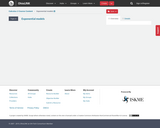
333 Results

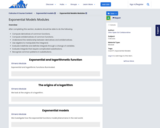
After completing this section, students should be able to do the following.Compute derivatives of common functions.Compute antiderivatives of common functions.Understand the relationship between derivatives and antiderivatives.Use algebra to manipulate the integrand.Evaluate indefinite and definite integrals through a change of variables.Evaluate integrals that require complicated substitutions.Recognize common patterns in substitutions.
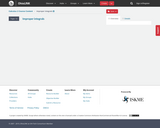
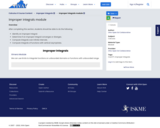
After completing this section, students should be able to do the following.Identify an improper integral.Determine if an improper integral converges or diverges.Compute integrals over infinite intervals.Compute integrals of functions with vertical asymptotes.

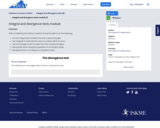
After completing this section, students should be able to do the following.Use the integral test to determine that a series diverges.Use integrals to estimate the value of a series within an error.Use the divergence test to determine that a series diverges.Manipulate series using the properties of convergent series.Recognize known convergent or divergent series.
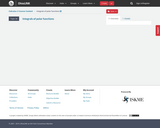
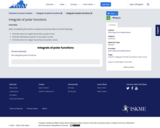
After completing this section, students should be able to do the following.Find the area of a region bound by a polar curve.Find the intersection points of two polar curves.Find the area of a region bound by two polar curves.
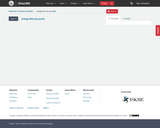
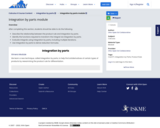
After completing this section, students should be able to do the following.Describe the relationship between the product rule and integration by parts.Identify the functions required to transform the integral via integration by parts.Evaluate integrals using integration by parts, including multiple iterations.Use integration by parts to derive reduction formulas.
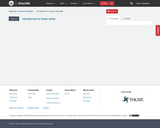
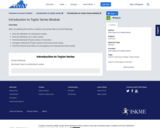
After completing this section, students should be able to do the following.Give the definition of a Maclaurin series.Give the definition of a Taylor series.Find the Maclaurin/Taylor series of a function.Use given Maclaurin/Taylor series to find new power series.Find the interval and radius of convergence of a Maclaurin/Taylor series.
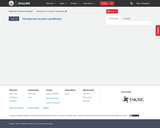
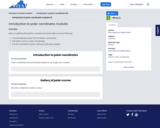
After completing this section, students should be able to do the following.Convert between polar and Cartesian coordinates.Plot basic curves in polar coordinates.Use the Cartesian to polar method to plot polar graphs.
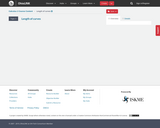
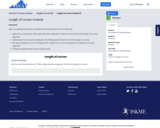
After completing this section, students should be able to do the following.Apply the procedure of “Slice, Approximate, Integrate” to derive a formula for the length of a curve segment.Understand the connection between the Pythagorean Theorem and the length of curves.Set up an integral or sum of integrals with respect to xx and yy that gives the length of a curve segment.Evaluate integrals that involve square roots.
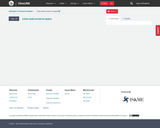
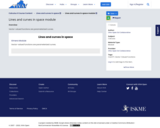
Vector-valued functions are parameterized curves.
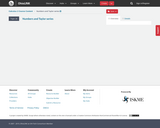
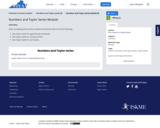
After completing this section, students should be able to do the following.Use Taylor series to approximate constants.Use Taylor series to compute limits.Use Taylor series to sum series.